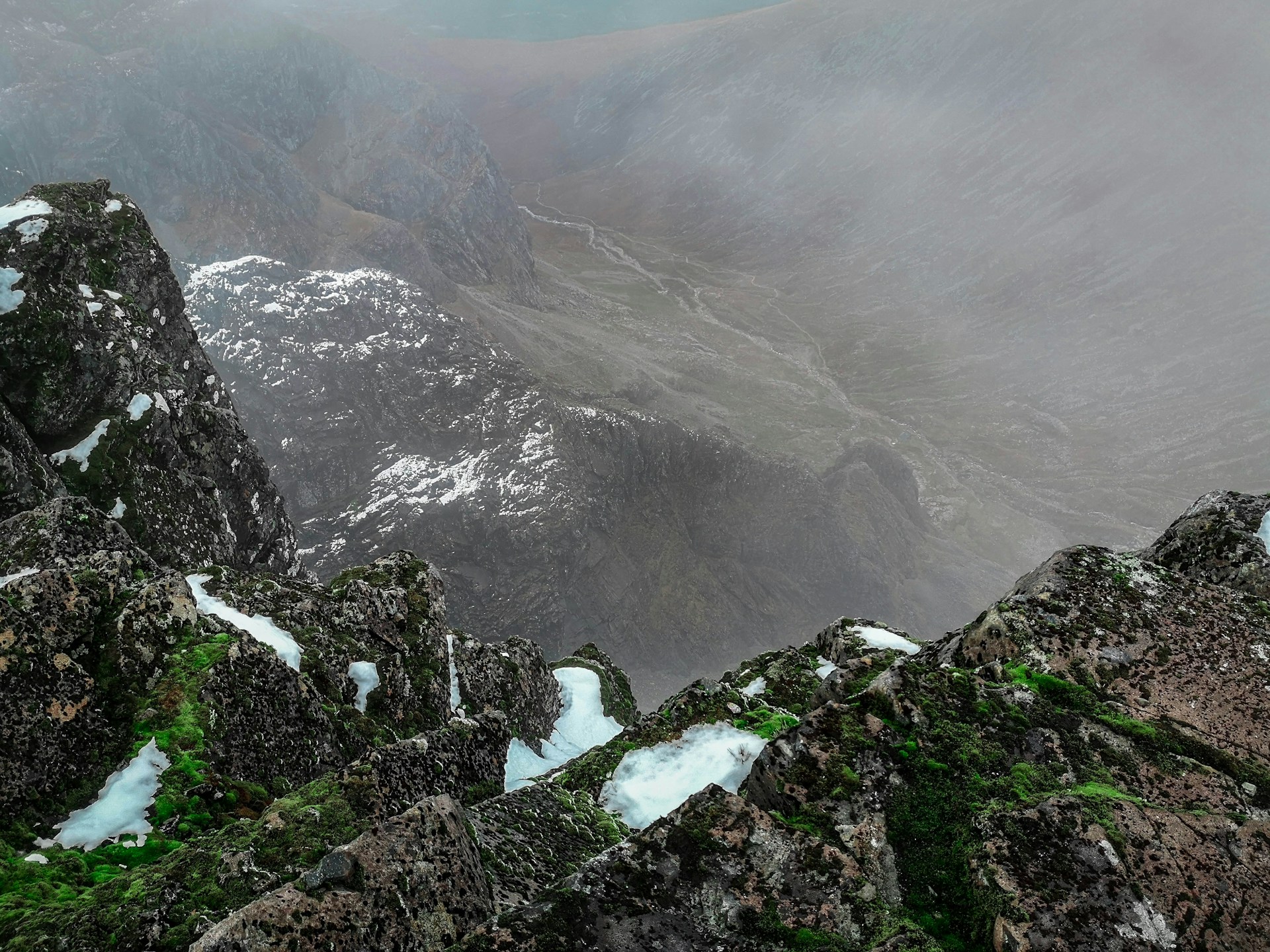What safety measures are in place for hiking Ben Nevis?

As an avid outdoor enthusiast, you have probably already heard of Ben Nevis. The highest mountain in the British Isles, located in Scotland, it stands tall at 1,345 meters above sea level. Despite its stunning views and the exhilarating challenge that it presents, it's important to remember that hiking Ben Nevis can be a dangerous activity if not approached with the right preparation and knowledge. We've prepared an in-depth guide detailing the safety measures in place for hiking Ben Nevis to ensure you're well-equipped for the adventure.
Understanding the terrain and weather conditions
Before you set foot on Ben Nevis, it's crucial to understand what you are getting into. The terrain on Ben Nevis can be unpredictable and challenging, with steep slopes, rocky paths, and often slippery conditions. The weather is another factor that can change rapidly. One moment, you might be enjoying a sunny day, and the next, you could be engulfed in fog or battered by heavy rain.
A lire en complément : Which historic sites in Wales are connected to the Arthurian legends?
The safety measures in place for Ben Nevis start with a detailed weather forecast and terrain description provided by the Mountaineering Council of Scotland. This information is updated regularly and should be your first check before you embark on your journey. It will give you the most up-to-date information about what to expect and how to prepare.
Essential gear and equipment
One of the key safety measures when hiking Ben Nevis involves having the right gear and equipment. A suitable pair of hiking boots is a must, offering good grip and ankle support for the uneven terrain. Layered clothing is also essential to protect against rapidly changing weather conditions. Always carry a waterproof jacket and trousers, hat, and gloves, regardless of the forecast.
Lire également : Which London museums offer the best interactive exhibits for children?
Other equipment that you should bring includes a compass, map, headlamp, first-aid kit, whistle, and enough food and water for your trip. A fully charged mobile phone can be a life-saver, but don't rely on it for navigation as signal coverage can be patchy.
Emergency procedures
Even with all the right preparation and equipment, accidents can still happen. The good news is that there are emergency procedures in place on Ben Nevis. If you get into trouble, dial 999 and ask for the Police, then Mountain Rescue. They are trained professionals who know the mountain well and have the skills to help in all manner of situations.
It's also important to note that there are emergency shelters on the mountain. These are not meant to be used for overnight stays, but for emergencies only. If you come across someone in trouble on the mountain, encourage them to use these shelters while waiting for help to arrive.
Guided hikes and training
If you're not an experienced hiker, or if you're hiking Ben Nevis for the first time, you might want to consider a guided hike or training. Several companies offer these services, and they come with many benefits. Firstly, you'll be accompanied by an experienced guide who knows the terrain well. They can lead the way, reducing the risk of getting lost.
Training courses, on the other hand, can provide you with the necessary skills to navigate safely and respond appropriately to emergencies. These include map reading, compass use, weather interpretation, and first-aid procedures.
Respect for the mountain
Finally, the last safety measure is more of a mindset than a physical measure. It involves having a deep respect for the mountain. Understand that while Ben Nevis is a beautiful and exciting place to explore, it can also be dangerous. Always stick to the paths, be aware of your surroundings, and turn back if the weather deteriorates or if you're feeling tired.
Remember, the mountain will always be there, and there's no shame in turning back. Your safety should always be your top priority. So, before you lace up your boots and set off to conquer Ben Nevis, make sure you are well-prepared and familiar with the safety measures in place. Happy hiking!
Navigation and Communication
Understanding your path up Ben Nevis is critical to your safety. A detailed map and a reliable compass are paramount tools for your hike. The mountain's terrain is complex and the trails can be confusing, especially if you're new to the area or if visibility is poor. Therefore, knowing how to use these tools is as vital as having them. There are also waymarkers and cairns to guide you on the main paths, but they can be hard to spot in poor weather.
Your mobile phone can be invaluable, but remember that signal strength can fluctuate on the mountain, so do not solely depend on it for navigation. Satellite phones or GPS devices can be a good alternative as they do not rely on mobile network coverage. Walkie-talkies can also be helpful, particularly if you're hiking in a group.
Always let someone know your plans before you set off. Inform them about your route, when you plan to start, your estimated time of return, and when to alert the authorities if you fail to make contact. This safety measure ensures that someone will know if you're overdue and can give accurate information to the mountain rescue team if needed.
Hiking Etiquette and Environmental Care
Aside from personal safety, it's important for hikers to respect the environment. Ben Nevis is a natural wonder, offering stunning views and a unique habitat for wildlife. As such, there are a few guidelines in place to protect the mountain and its inhabitants.
Firstly, "Leave No Trace" should be your mantra. Do not leave any litter, and if you encounter waste left behind by others, consider picking it up and carrying it out. Secondly, stick to established paths. This minimises erosion and protects the flora. Lastly, do not disturb the wildlife. Keep a safe and respectful distance from any animals you encounter.
Respect for the mountain extends to other hikers as well. Keep noise levels to a minimum, especially in the early morning and late evening. Also, yield to those ascending if you're on your way down.
Conclusion: Safety First, Adventure Second
In conclusion, hiking Ben Nevis can be an adventure of a lifetime, but it does come with potential hazards. However, when equipped with the right knowledge, equipment, and mindset, you can enjoy your hike while staying safe.
From understanding the terrain and weather conditions, bringing essential gear, knowing emergency procedures, considering guided hikes or training, practising proper navigation and communication, to respecting the mountain and its environment, every safety measure plays a significant role.
Remember that your safety is the priority above all else. There is no summit worth risking your life over. The mountain will still be there another day. With these safety measures in place, you can confidently take on the challenge and create unforgettable memories hiking Ben Nevis.
